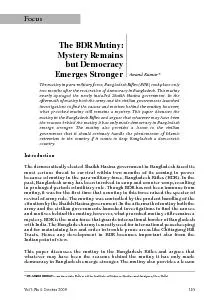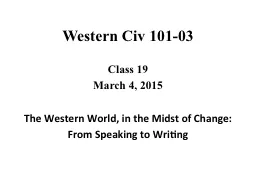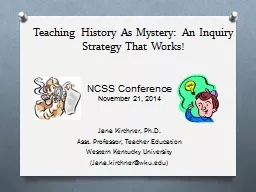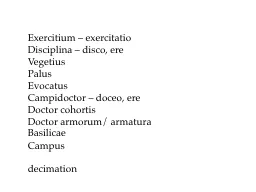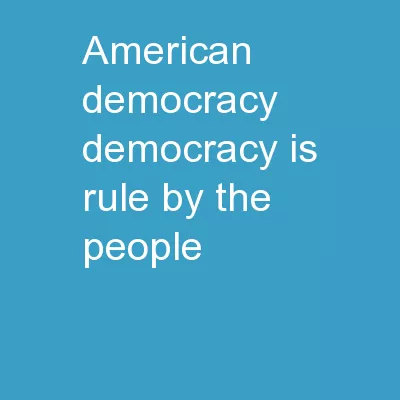PDF-The BDR Mutiny:Mystery Remainsbut Democracy Emerges Stronger
Author : marina-yarberry | Published Date : 2015-09-11
Anand KumarIntroductionThe democratically elected Shaikh Hasina government in Bangladesh faced its most serious threat to survival within two months of its coming
Presentation Embed Code
Download Presentation
Download Presentation The PPT/PDF document "The BDR Mutiny:Mystery Remainsbut Democr..." is the property of its rightful owner. Permission is granted to download and print the materials on this website for personal, non-commercial use only, and to display it on your personal computer provided you do not modify the materials and that you retain all copyright notices contained in the materials. By downloading content from our website, you accept the terms of this agreement.
The BDR Mutiny:Mystery Remainsbut Democracy Emerges Stronger: Transcript
Download Rules Of Document
"The BDR Mutiny:Mystery Remainsbut Democracy Emerges Stronger"The content belongs to its owner. You may download and print it for personal use, without modification, and keep all copyright notices. By downloading, you agree to these terms.
Related Documents

